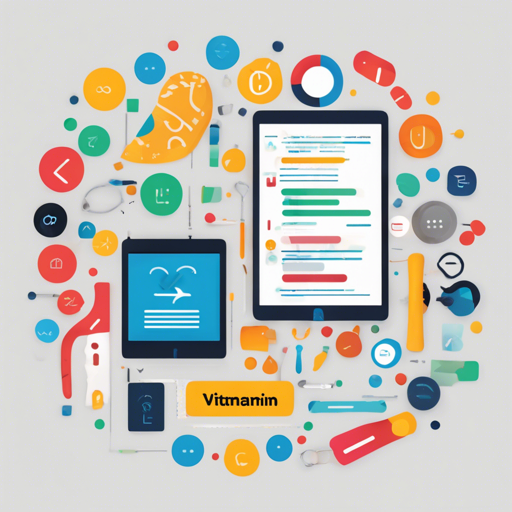The Decathlon Design System, referred to as Vitamin, is a comprehensive framework to help you design and develop consistent and high-quality web applications. In this article, we will guide you on how to effectively make use of the Vitamin design libraries, along with troubleshooting tips to tackle common issues.
Understanding Vitamin: The Framework
Vitamin acts like a well-organized toolbox for web developers. Imagine walking into a hardware store where everything is sorted by type, size, and use. In Vitamin, every component—be it buttons, input fields, or navigation elements—is neatly categorized and provides developers with a seamless experience.
Core Packages: What You Need
- Global CSS styles: This package offers a complete CSS framework using Tailwind CSS. You can choose to optimize it for production by purging unused styles.
- Specific CSS styles: Allows for granular consumption of styles, ensuring that only what is necessary is included in the project—making it lightweight and fast.
- Icons and Assets: Provides libraries of SVG icons and assets for easy integration into your projects.
Step-by-Step Guide to Implementing Vitamin
Follow these steps to get started with Vitamin:
- Install Required Packages: Use yarn to set up your environment. If you don’t have it installed, check out the installation guide here.
- Clone the Vitamin Repository: Clone or fork the Vitamin repository from GitHub.
- Install Dependencies: Run the command
yarnto install all necessary dependencies. - Build the Package: Execute
yarn buildto build all packages. - Start Showcases: Use
yarn startto launch showcases and enable hot reloading of sources.
Component Breakdown
The Vitamin framework contains various components designed for web applications, which include:
- Buttons: Action-driven components for user interactions.
- Forms: Input controls like text inputs, dropdowns, and checkboxes for gathering user information.
- Overlays: Components like modals or tooltips that enhance user experience without redirecting.
- Navigation: Components that help users navigate through applications effortlessly.
Troubleshooting Common Issues
While working with Vitamin, you might encounter some hurdles. Here are some common problems and how to solve them:
- CSS Integration Issues: Ensure that you’re properly importing the necessary CSS files in your project. Verify your paths and check for typos.
- Loading Icons or Assets: If icons or assets are not showing up, double-check the links in your HTML. Make sure the asset paths are correct.
- Missing Dependencies: Always confirm that all required packages are installed correctly using
yarn check. - Performance Concerns: If your application feels sluggish, optimize your CSS with PurgeCSS to remove unused styles.
For more insights, updates, or to collaborate on AI development projects, stay connected with fxis.ai.
Conclusion
In summary, Vitamin is an essential toolset for developers looking to create robust and consistent web applications. By following the guide outlined above, you can efficiently integrate the Decathlon Design System into your projects, ensuring a cohesive user experience.
At fxis.ai, we believe that such advancements are crucial for the future of AI, as they enable more comprehensive and effective solutions. Our team is continually exploring new methodologies to push the envelope in artificial intelligence, ensuring that our clients benefit from the latest technological innovations.

